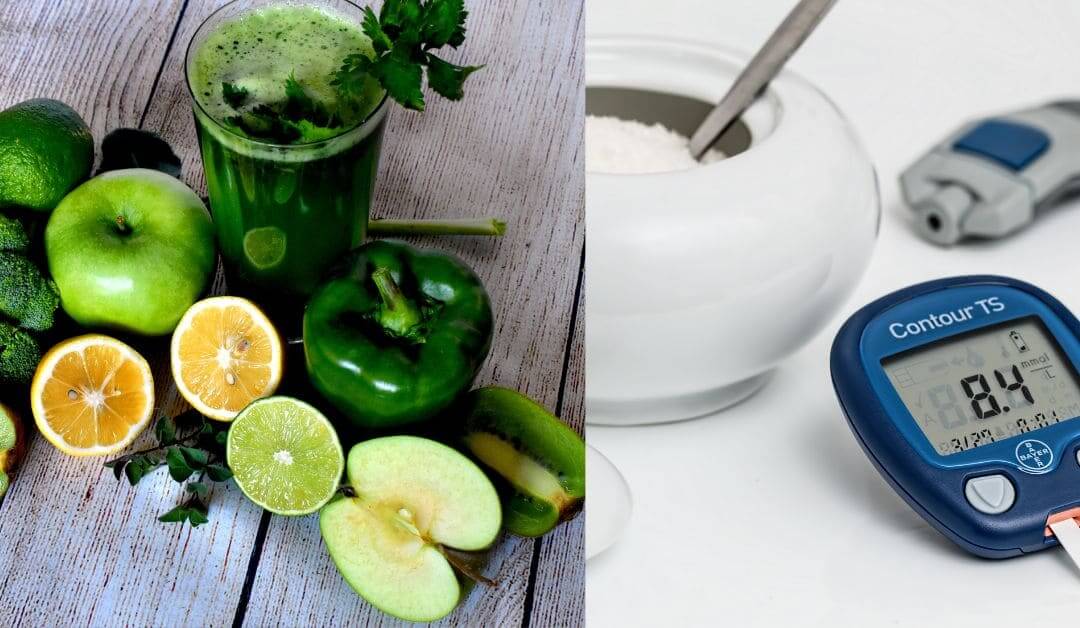General Health, Men's Health, Women's Health
What is Type 2 diabetes?
If you’re like most people, you probably think of diabetes as a single condition. To fully understand “what is type 2 diabetes” it’s pertinent to know that there are actually two types of diabetes: type 1 and type 2. Type 2 is the most common form, accounting for about 90% of all cases.
If you have recently been diagnosed with type 2 diabetes, we have for you THIS ARTICLE!
This type of diabetes develops when the body becomes resistant to insulin or when the pancreas doesn’t produce enough insulin. Insulin is a hormone that regulates blood sugar. When blood sugar levels are too high, it can damage your
The types of diabetes
There are two types of diabetes.
Type 1, which used to be called insulin-dependent diabetes or juvenile-onset diabetes, may account for five per cent to ten per cent of all diagnosed cases of diabetes. In type 1, the body does not produce insulin. People who have type 1 must take insulin daily for the rest of their lives. They must also carefully control their blood sugar levels by following a strict diet and exercise regimen.
Type 2, which used to be called adult-onset diabetes or noninsulin-dependent diabetes, accounts for 90 per cent to 95 per cent of all diagnosed cases of diabetes. In type 2, the body does not produce enough insulin or is unable to use the insulin it produces effectively. This is often referred to as insulin resistance. People with type 2 must carefully control their blood sugar levels through diet, exercise, and often medication.
The causes
Type 2 usually develops gradually over time. It’s often linked to carrying extra weight, especially around your waist. But it can also be caused by other factors, such as a lack of exercise or having a family history of the condition.
In Type 2, your pancreas doesn’t produce enough insulin or your body can’t use insulin properly (known as insulin resistance). This causes your blood sugar level to become too high.
If you have Type 2, you may need to take medication to control your blood sugar levels. You may also need to make lifestyle changes, such as eating a healthy diet and exercising regularly.
The symptoms
Most people with this type of diabetes have no symptoms. That’s because many people don’t get diagnosed with Type 2 until they have a routine blood test, such as a fasting plasma glucose (FPG) test or haemoglobin A1c test.
However, some people with Type 2 may have one or more of the following symptoms:
- Excessive thirst
- Frequent urination
- Fatigue
- Weight loss
- Increased hunger
- Blurry vision
- Slow healing wounds
- Yeast infections
Type 2 can often be diagnosed before symptoms even begin by looking at risk factors.
The risks
This type of diabetes is a form that affects how the body uses insulin. Insulin is a hormone that helps the body remove glucose, or sugar, from the blood. In people with type 2 diabetes, either the body doesn’t produce enough insulin or the cells in the body don’t respond properly to insulin. Glucose then builds up in the blood, which can lead to serious health problems.
It is a major risk factor for heart disease and stroke. It can also cause other serious health problems, including kidney disease, eye problems, and nerve damage. People with this type of diabetes have an increased risk of developing these complications at an earlier age than people without diabetes.
The treatments
Type 2 diabetes is a lifelong condition that causes a person’s blood sugar level to become too high. It mainly occurs in people over the age of 40 and is more common in overweight or obese people. However, it’s becoming more common in younger adults and children.
There are a number of treatments, including lifestyle changes, medication and surgery.
1/ Lifestyle changes
Making some simple lifestyle changes can help to manage and reduce the risk of complications. These include eating a healthy diet, losing weight if overweight, doing regular physical activity and giving up smoking.
2/ Medication
If lifestyle changes alone are not enough to manage your diabetes, you may need to take medication. The most common types of medication used to treat are:
- Metformin
- Sulfonylureas
- Pioglitazone
- Acarbose
- Gliptins (including DPP-4 inhibitors)
3/ Surgery
Surgery may be an option for treating it in some cases. This typically involves having a gastric bypass or sleeve gastrectomy. These procedures can lead to significant weight loss and may help to lower blood sugar levels in people who are very obese.
The prevention of type 2 diabetes
It’s largely preventable, and the key lies in maintaining a healthy lifestyle. Research has shown that by making simple changes to your diet and exercising regularly, you can significantly reduce your risk of developing the condition.
1/ Cut down on sugar
One of the most important things you can do to prevent it is to cut down on sugar. Sugar promotes insulin resistance, which is one of the main causes of type 2 diabetes. Try to avoid sugary foods and drinks as much as possible, and opt for natural alternatives instead.
2/ Eat more fiber
Another way to help prevent type 2 diabetes is to eat more fiber. Fiber slows down the absorption of sugar into the bloodstream, which helps to keep blood sugar levels stable. Good sources of fiber include fresh fruits and vegetables, whole grains, legumes, and nuts.
3/ Exercise regularly
Exercise is another important factor in preventing type 2 diabetes. When you exercise, your muscles use up glucose for energy, which helps to keep blood sugar levels under control. Regular exercise also helps to improve insulin sensitivity, which further reduces your risk of developing type 2 diabetes.
The complications of type 2 diabetes
Type 2 diabetes can lead to a number of different health problems. If you have diabetes, you’re at higher risk for heart disease and stroke. You’re also more likely to develop other conditions, including:
- High blood pressure
- High cholesterol
- Kidney disease
- Eye problems, such as diabetic retinopathy
- Foot problems, such as nerve damage
The prognosis of type 2 diabetes
Most people with type 2 diabetes live for many years without any major health problems. However, the risk of developing some long-term complications is higher than if you didn’t have the condition.
The main complications of type 2 diabetes are:
- Heart disease
- Stroke
- Kidney disease
- Nerve damage
- Eye problems, which can lead to blindness.
If you have type 2 diabetes, it’s really important to try to prevent these complications from happening or getting worse. You can do this by:
- Having regular check-ups with your doctor or practice nurse to spot early signs of complications and treat them quickly
- By following a healthy lifestyle – for example, eating a healthy diet and taking regular exercise – this will also help control your blood sugar levels and reduce your risk of heart disease, stroke and other conditions such as obesity and high blood pressure
Conclusion
Type 2 diabetes is a chronic condition affecting how your body metabolizes sugar. If you have type 2 diabetes, your body does not respond properly to insulin, a hormone that regulates blood sugar. This can cause your blood sugar to rise to unhealthy levels. Type 2 diabetes is the most common form of diabetes, and it usually affects people over the age of 45. However, it is becoming more common in younger adults and children as well.


